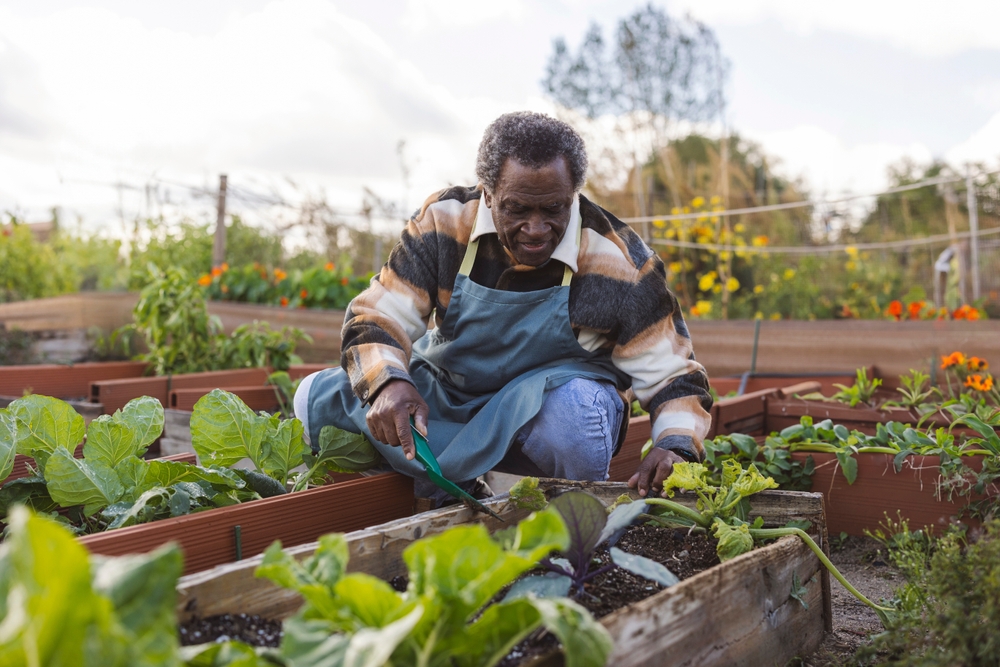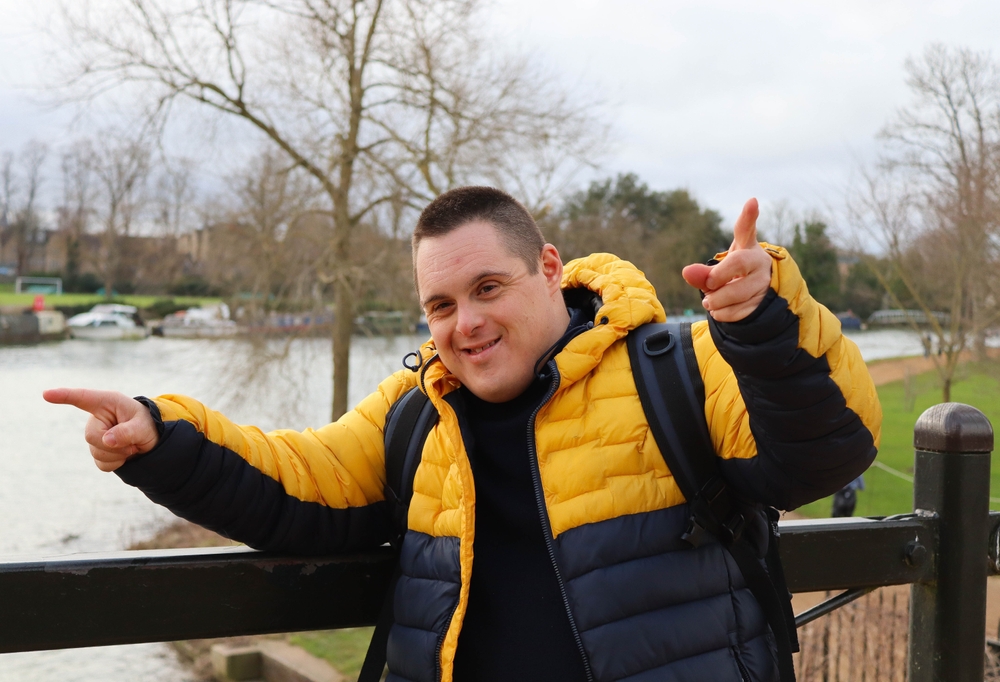There is no simple answer to this unfortunately as there are many factors to consider. However, I do have a couple of simple rules to follow as a start.
Number one: If you can’t complete a normal training session you shouldn’t play.
Number two: When you do return to sport; warm-up properly and don’t stop your rehab. The incidence of re-injury can be up to 80% following returning to sport after injury, with at least a 3-month timeframe of greater risk
Recovery depends on many factors
importantly, the injured tissue and the severity of the damage have a big impact. Here’s a summary of the structures commonly injured, the healing process and the rehabilitation process.
Injured Structures:
Ligaments – these attach bone to bone at your joints – they provide physical support and stability to the joint. Injuries are usually graded from 1-3 partial tear to complete rupture. Injuries can affect joint stability and proprioception (joint position awareness). Examples – sprained ankles, dislocated shoulder, ACL injuries
Muscles – These attach to bone via tendons and cross over joints. Muscles create force and allow you to move around. A torn muscle will be sore to stretch or activate (use) and can be partially torn or ruptured. A haematoma or cork injury can form when damaged blood vessels leak fluid and blood into the muscle. Muscular injuries can occur via overload, direct trauma or over stretching. Recurring injuries occur commonly due to returning to sport too soon and inadequate rehabilitation.
Tendons – These attach muscle to bone. They store energy similar to a spring and transfer forces from muscle to bone. Tendons take longer to recover when overloaded, so are more prone to tendinopathy injuries, however ruptures and partial tears can also occur.
Bone – the building blocks of the skeleton, can be fractured or bruised.
Stages of Healing – muscle tears, ligament sprains
- Acute/Inflammatory Phase – Our bodies are amazing! The repair job after tissue injury starts almost immediately! Inflammation is a vital part of healing bringing various chemical mediators to the injured area for cleaning up damaged tissue and kick starting the next phase.
- Repair/regeneration Phase – During this phase, scar tissue forms to fill in the space of torn or damaged tissue. It is still very weak, so over stretching or over using the area can prolong the healing process.
- Remodelling Phase – At this stage the weak scar tissue is remodelled to become more like normal tissue in structure and fibre alignment. Graduated strength, stretching and balance programs are vital in this stage to stimulate these changes.
Rehabilitation and Recovery
- Inflammatory Phase – Recovery focuses on managing pain and reducing inflammation. Depending on type and severity of the injury gentle mobility exercises may also be appropriate. This is usually the most painful and limited stage of healing, lasting on average 1-2 weeks.
- Repair Phase – This phase can start within the first 24 hours after injury and take up to 4-6 weeks to be complete. Your physio will help guide you with advice on managing at work and home, as well as exercises appropriate to this stage of healing.
- Remodelling – You will find that exercise is the primary focus during this phase, which overlaps the repair phase and can last several months. When new tissue is laid down to repair the damage, it is weak and easily re-injured. During the remodelling phase this weak tissue is replaced and re-organised to be as close to normal tissue structure as possible. Exercise helps to stimulate tissue remodelling and should be gradual and progressive to produce good long-term outcomes. Most people are able to return to sport and exercise during this phase, however there is a risk of re-injury while the tissue is not at full strength.
Types of Exercise
- Mobility – during the early stages of injury, your exercise may focus on maintaining or restoring range of motion. When an area has to be immobilised due to injury the focus may be on nearby joints to prevent muscles tightening up and causing problems in other areas.
- Muscle activation – pain and injury can inhibit correct patterns of movement and muscle activation. It is important to get this right before progressing on to strength. This may involve static muscle contractions (called isometric exercises).
- Muscle strengthening – part of getting back to sport and exercise involves strengthening the weak muscles. Sometimes this is the injured area, but often involves muscles that help stabilise and control the joints above and below the injured area. You may use body weight, resistance band, weights or exercise machines at the gym to help build muscle strength and endurance.
- Proprioception – This is joint position sense – the ability to know where your joint or limb is in space without having to look at it. Balance and coordination exercises help reduce your injury risk for returning to sport.
- Plyometrics and sports specific training – Speed drills, change of direction and jumping/hopping exercises are vital for returning to sport. Training needs to be specific and gradually get more difficult and complex to challenge the bodies ability to cope with external forces and unexpected movements.
Be patient, listen to your body and your Physiotherapist! It is better to be too conservative and miss an extra week or two of sport than return too soon, re-injure yourself and miss the rest of the season.
We have locations all across Australia and even offer mobile services that can come to your home or office. Call Physio Inq today!
Date Published: Tuesday, July 16, 2019
Locate a Mobile Physiotherapy
Service Near me
Get the experience & convinence you deserve to support your or a loved one's allied health needs.
Our Mobile Physiotherapy team are currently serving & taking appointments in the following states and regions in Australia:
New South Wales
- Blacktown
- Blue Mountains
- Campbelltown And Macarthur
- Canterbury-Bankstown
- Eastern Suburbs Sydney
- Georges River
- Hawkesbury
- Inner East Sydney
- Inner West Sydney
- Lake Macquarie
- Lower North Shore
- Newcastle
- Northern Beaches
- North Sydney
- Parramatta
- Penrith
- Southern Highlands
- South West Sydney
- Sutherland Shire
- Sydney CBD
- The Hills Shire
- Upper North Shore
- Waverley
- Wollongong
Tasmania
Victoria
Need to get into direct contact with ur Client Services team? We're all ears. Call our team directly on 1300 731 733








